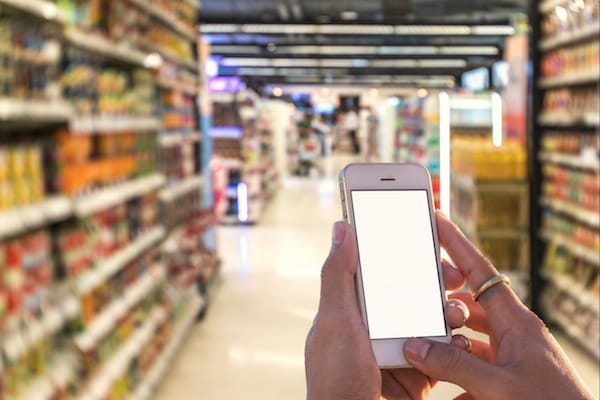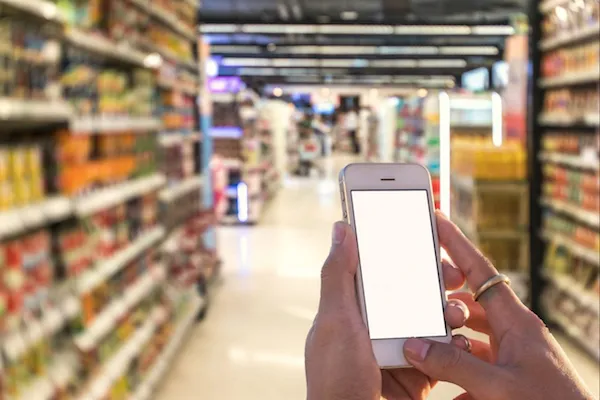CHICAGO — Seeking lower prices and added convenience, more U.S. shoppers are going online to buy consumer packaged goods (CPG), according to market researcher IRI.
Results from the latest IRI Consumer Connect survey, released this week, reveal that 28% of consumers bought grocery items online in the fourth quarter of 2017, compared with 23% making online CPG purchases a year earlier.
Unsurprisingly, consumers were more amenable to purchasing nonfood items via the Internet, with 32% of shoppers saying they went online to find lower-priced options for beauty and personal care products and 30% doing so for home care items. Twenty-one percent said they went online to shop for over-the-counter medicines, and 20% did so for food and beverages.

“Many, especially younger consumers, say they think the Internet provides money-saving opportunities, so we wanted to dig further and find out what role online shopping is playing in consumers’ CPG spending,” explained Susan Viamari, vice president of thought leadership for IRI. “Consumers are certainly not going to do all of their CPG shopping online, but marketers must keep in mind that 76% of all shopping trips begin online and 50% of CPG category growth is predicted to be online in 2018.”
Millennials clearly exhibited a greater predilection for online CPG purchases compared with older shoppers, the IRI survey found. In beauty and personal care, 46% of Millennials went online to find deals versus 28% for baby boomers and 18% for seniors. Forty-four percent of Millennials sought lower-priced choices online for home care, compared with 27% for baby boomers and 18% for seniors.
The percentages were a bit closer in other categories. In OTCs, 28% of Millennials went online to shop versus 20% for baby boomers and 16% for seniors. And for food and beverages, 26% of Millennials looked online for deals, compared with 18% for baby boomers and 11% for seniors.
In all of the categories, Generation X shoppers were just a few percentage points behind Millennials in going online for lower-priced CPG options, according to IRI.
Lower prices, however, weren’t the only reason that consumers made online CPG purchases, the research firm noted. For example, 51% of survey respondents said they think shopping online reduces impulse purchases, and 20% reported that it’s easier to find the grocery items they want online.
And in an encouraging finding for retailers investing in click-and-collect technology and services, 40% of shoppers polled by IRI said they like the convenience of ordering online and picking up their products in-store without an added shipping fee.
IRI’s findings, too, showed that the Internet will play a big role in CPG purchases in 2018. For instance, 55% of consumers said they will download coupons from retailer and manufacturer websites, and 51% will compare prices on retailer websites to find the lowest prices. Twenty-four percent of shoppers will order online for home delivery, while 22% will order online for in-store pickup. Also, 12% plan to use online subscription services for some grocery purchases, and 6% will use online meal kit delivery services.
“When consumers think about online CPG shopping, they have specific ideas about what is helpful in their lives. There really is no one-size-fits-all answer, so it’s critical to understand what it is that makes your key shoppers tick,” Viamari pointed out.
Going forward, IRI added, consumers will expect further enhancements to their CPG shopping experience on the Internet, including online purchasing with free delivery (cited by 50% of respondents), online purchasing with fast delivery (36%), online purchasing with in-store pickup (33%), online purchase of freshly prepared items (28%) and subscription services for frequently purchased items (22%).









